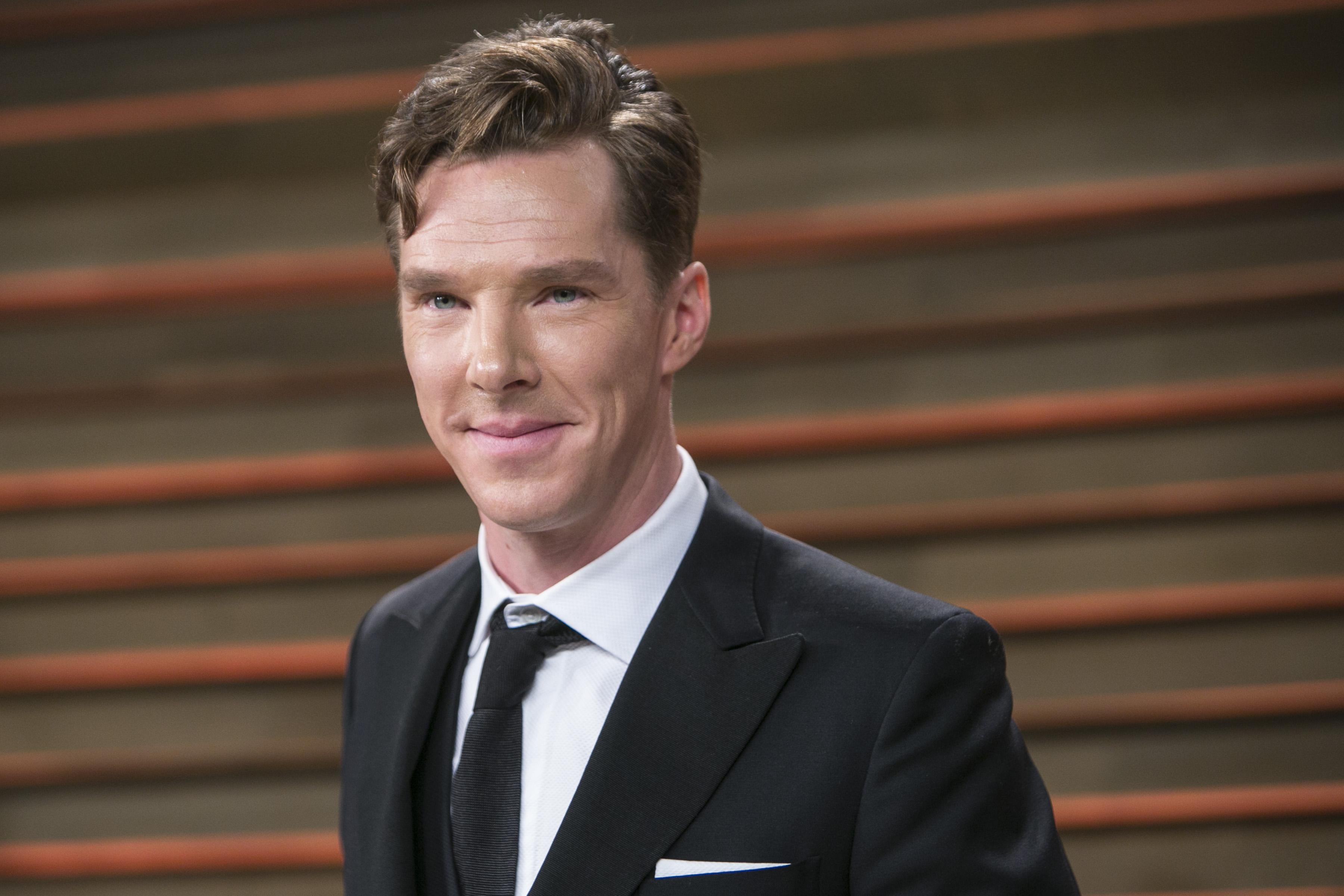This article originally appeared in Wired.
Alan Turing may be the star of The Imitation Game, but the truly central figure in the film is Christopher. Named after Turing’s childhood friend and first love, the machine not only breaks the German Enigma code during World War II, but also becomes a forbear to nearly every computer out there (including the one you’re reading this on).
The real Christopher was named the “Bombe” (later “Victory”) and although the filmmakers took some liberties in naming their device, they went to great lengths to make sure it looked as much like Turing’s revolutionary computer as possible. The letter-covered rotors, the wires, the dozens of ports—it’s all there. However, production designer Maria Djurkovic (Tinker Tailor Soldier Spy) did make it open-able so the audience could see its impressive construction. She also ran more red wires into the machine, so as to give it the appearance that it has nerves—and blood running through its veins.
“The actual design is absolutely based on the reality of it,” Djurkovic says. “You extrapolate—you have to make something that’s credible, you have to make something where those cogs turn at different speeds and it effectively has to be doing what the Bombe was doing.”
What’s even more impressive is that she was able to build the machine for £30,000 (about $48,000). The film had a mere $15 million budget so it was a lean build—and cheaper than the one in the film, which Turing (Benedict Cumberbatch) says will cost him about £100,000 to make—and what Djurkovic crafted holds up well to scrutiny. So well, in fact, her Christopher has been given a home at Bletchley Park, the UK compound where Turing and his fellow code-breakers created the original Bombe. (It’ll be on exhibit at Bletchley for a year starting this month.) Here’s how she did it.
First, Go to Blechley to See the Bombe
Bletchley Park has a replica of Alan Turing’s code-breaking machine, but the filmmakers couldn’t exactly borrow it and let Benedict Cumberbatch play with it. So Djurkovic and director Morton Tyldum went to Bletchley, which is now a tourist attraction, to figure out how to recreate one. They also brought supervising art director Nick Dent, who took photos and measurements of the machine. (The Christopher replica ended up being a foot or two taller than the original.)
Then Decide What Liberties Need to Be Taken
After seeing Turing’s machine, Djurkovic and company decided they wanted to make one that could be opened up so audiences could see just how intricate the design was. “We sort of wandered around this thing 360 degrees and stood at the back of it saying ‘This is actually much more interesting—the nerve center of the machine,’” she says. “There and then we decided we would build it into two sections and split it.”
Next, Draft Design Concepts for the Machine
Designing Christopher required a bit of actual engineering. To do so, Dent drew his design in Illustrator using a CAD plug-in. “It turns Illustrator into a technical drawing package but retains the artistic and visual qualities that the original package allows,” Djurkovic says, citing Dent’s explanation. “Rather than AutoCAD or Vectorworks, which doesn’t allow for texture or light to be included.” (Click through the slideshow above for Dent’s illustrations of Christopher.)
Build the Damn Thing
After it was designed, the art department had just a few weeks to build Christopher before filming. Djurkovic estimates it took her team—a collection of staffers and interns—about five weeks working in three-person teams to finish the Bombe. “We do everything insanely quickly. When I look back on a film after I finish I just think, ‘How the bloody hell did we actually do that?’” she says. “It’s not just Christopher, it’s every single aspect of the film.”
Make It Easy to Un-Build
Like most movies, The Imitation Game was shot out of order; that meant that Christopher had to be able to look like it was in different stages of completion. “It’s this business of having to in-build the ability to pull it apart,” Djurkovic says. “You don’t know how it’s going to work in the schedule, if you’re starting with it finished or starting with it in the middle stage. You have to adapt.”
Don’t Worry If It Can Actually, Like, Be a Computer
Djurkovic’s replica looks very close to the real McCoy, but it lacks one important feature: It can’t actually crack any codes. “Oh, no, no, no. Absolutely not!” she laughs when asked if her Bombe can do any calculations. “The sum total of its mechanism was that its wheels turned in a sequence similar to the real thing.”
Make a Whole Other Machine for the Beginning and End of the Film
The Imitation Game jumps back and forth in time from Turing’s time code-breaking in World War II to his childhood to his life in Manchester right before his death. Those scenes from his later years show him tinkering with a Christopher-like device. The truth is a bit different. That machine wasn’t in Turing’s home, it was at the University of Manchester. And it didn’t look as much like the Bombe as the one in the film. “That one was much less closer to the reality, because Morton wanted it to echo Christopher,” Djurkovic says. “He wanted there to be a visual echo so we departed from reality.” But, she adds, a lot of the other details in his home were accurate. “Everything that you see on the walls of that Manchester house at the start of the film, that’s not some whim of mine. That’s based on absolutely the kind of things he was studying at that period of his life.”
More from Wired:
Algorithms Are Great and All, But They Can Also Ruin Lives
We All Might Be Living In an Infinite Hologram
15 Incredible Photos That’ll Remind You to Be Awed by Planet Earth
